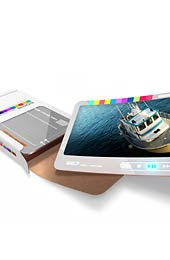Isn’t it much easier to communicate when you see other person on the other end? The webcam invention was a remarkable idea. People around the world are able to communicate and can see each other. It’s true when they say a picture is worth a thousand words.
It started in 1991, the first webcam, called the CoffeeCam, was directed at a coffee pot in a room called the Trojan room, This room was located in the computer science department of Cambridge University. That particular webcam is now considered obsolete and archaic.
People might also use a form of webcams, known as security cameras, in the home to keep an eye on things while they are out of town or even just to see what their pets do all day. The uses of a webcams are limitless. Businesses often use webcams for video conferencing, and webcam technology is used by numerous other entities to give the public access to a variety of information, from weather and traffic to the feeding habits of the most recently acquired zoo animal. Some schools and day care facilities use a webcam to allow parents to see what their children do at school.
Another use for the webcame, one that makes a lot of money and can be illegal, is the use of webcams in pornography. There is a major business where people can access a site, pay a set fee for a set amount of time and watch women, men, couples, anything do as they wish to themselves and each other in whatever ways they please. The business, unfortunately is booming, and depending on your perspective, could be a major drawback of technology evolving and changing.
The webcam basically works by capturing a series of digital images that are transferred by the computer to a server and then displayed to the hosting page. There are even sites that allow users to upload and store their webcam images for free, which many individuals choose to do for personal use.













































